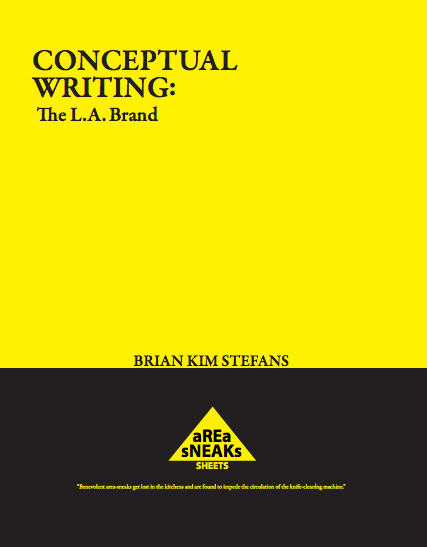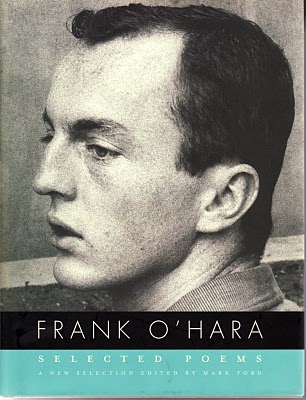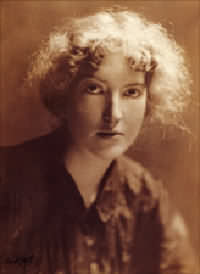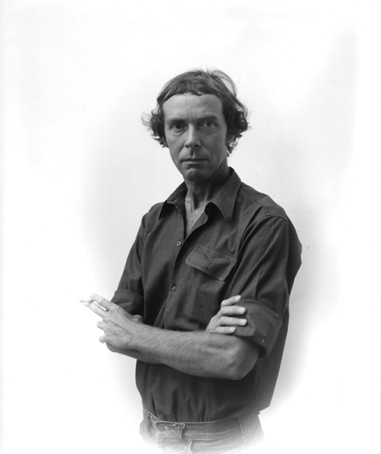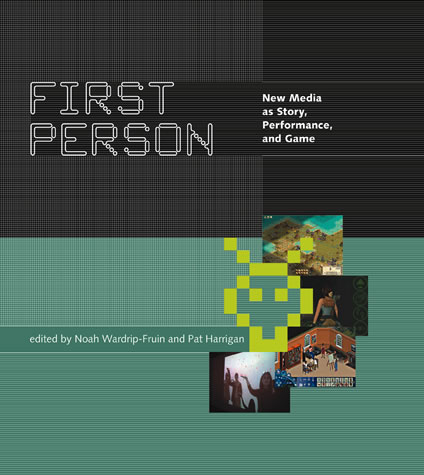Ok, well that’s a pretty heady title. I wrote this short document up about a year ago in preparation for my “Video Game Narrative Studies” class in Richard Stockton College. It was an odd and very experimental class, but I think I came up with some interesting ideas on how to teach such a thing.
Anyway, unrevised, here is the “manifesto,” which — frankly — I completely forgot about after I wrote it (it was never given to the class, I believe). I simply rediscovered it in my papers (luckily, I had printed it out, as my computer was stolen in late July and I didn’t have a back-up of this file).
Here’s the website for the class, Video Game Narrative Studies. I asked one of my students to contribute his paper — discussing architectural conceits in Oblivion and Second Life via Barthes’ Empire of Signs — to the arts website I created at Stockton, Richard Stockton Overdrive, which you can read here.
I realize writers like McKenzie Wark and Ian Bogast have answered, or at least discussed, many of the following questions and issues in great detail, and with more nuance than I could ever muster, but I think there are a few interesting, original nuggets in the following.
A Manifesto For Video Game Developers
Much has been made about the possibilities of video games to “tell stories” with the same impact of films and novels. Though much game development has been moving in this direction, the directions game designers have taken have generÂally been two-fold: pushing for greater detail in the simulated gameworld (rangÂing from light effects to facial expressions), and greater complexity to the back story of the game (much of which is mistaken for the actual “embedded” content of the narrative).
There are several approaches that game developers can take to enrich their narraÂtives without sacrificing gameplay. The present offering, by a person who has never designed a video game*, is intended to encourage game developers — many of whom are independents with resources on a par with the industry — to take the risks that dramatists, novelists, filmmakers and, yes, poets have taken with their arts for centuries.
*Not entirely true — I designed tons for the Vic-20 back in the day.
1. Story
The novel and the feature film have less to do with each other than one might initially think. Feature films, in fact, might bear a stronger relationship to the lyric poem than the novel, given the rigidity of a movie’s 3-act narrative structure and the awareness that the reader of the poem has of the poem’s duration.
Complicating components include the variable time factor between narrative “events,” the structure of databased information versus the linearity of sequenÂtial events deemed necessary for a “story,” and the perspective of the “player” as character within game worlds.
Two issues that will be discussed will be that of the variably placed “plot point” that suggests the narrative structure to the viewer, and the issue of “telos” in a game world predicated on the reproducibility of effect, looped narrative strucÂtures, as well as mods by which the user extends the game world.
Tying “story” to “character” will be a consideration of the monomyth, including questions of reversals of characters, the shape of the narrative as visible to the “first person” player, and the descent into hell.
2. Character
Characters who, like Peter Lorre in M, start as highly unsympathetic but who turn out to have human dimensions that make us question our entire moral universe. The Golem — and his enslavement and hence humanization by the Hobbits — is another example.
Can the user be forced to occupy this morally ambiguous space of a character without, on the one hand, putting an estranging irony between oneself and one’s avatar so much that the connection lacks urgency, and on the other identifying so strongly with the moral ambiguity — and growing so uncomfortable with it — that the game ceases to be “fun”?
The “otherness” of NPC characters is not often appreciated. Characters are either human puppets (on either end of the good/bad binary) or are monsters which might have a greater chance at occupying this morally ambiguous space, but who are nonetheless “monsters” and hence overtly “other.”
Also to be considered will be the issue of a “fluid” consciousness — an experiencÂing consciousness not bound by time constraints, or if by time constraints, ones that are as variable as “frames per second.” How is a player to understand and read the important “plot points” without the obviousness of a cut-scene? Can a player be expected to engage in an interior monologue of some emotional comÂplexity while also engaged in play?
3. Art
Games are a form of “task-based” interactive art. The distance between interacÂtive paintings such as those by Camille Utterbeck and the Austrian artist tuÂrux.org and the “synaesthetic” games such as Rez and Everday Shooter has shrunk, such that one must look video game visuals as more than dressing up the play of otherÂwise anonymous algorithms.
Prior discussions of the visual aspect of games have concerned itself with modelÂing and mise-en-scene i.e. those aspects of video games that most resemble movies. However, at any given moment on a screen, the trajectory of objects, the abstract clouds of detritus and fire that characterizes an explosion, or the swoopÂing in an out of the camera, gives us a for more abstract “beauty” to deal with, akin to the fetishization of speed and. motion that the Futurists and ConstructivÂists (informed by the writing of philosopher Henri Bergson) exploited.
The success of games like Geometry Wars — a fairly unadventurous shooter in terms of gameplay — demonstrates the gamer’s interest in becoming part of a world that, for all of its obvious sensual offerings, is primarily abstract. The collÂpasing of the grid into the trail of the player’s spaceship is suggestive of some sort of expansion of the subjective experience of play into the underlying grid-work of the algoriths — or is it?
Is there a philosophical perspective being articulated here? Is this a questioning of the stranglehold of societally sanctioned “time” and “space” on an individual? Is there an economics of waste being explored here?
5. Spaces
Henry Jenkins writes of “embedded narrative” and various sub-genres affiliated with it, claiming that video games tell a large part of their stories in the very spaces that are to be explored. However, most of the narrative that is revealed via these processes can still be folded under the concept of “backstory” eleÂments of narrative that pre-date the parts that compose a “strong” narrative that could provide for such elements as catharsis and character reversals. What JenÂkins doesn’t consider, however, is the sense of the gameworld being “othered.”
Consequently, how does the Situationist concept of the “derive” play out in video games? Is the exploration of a game space truly akin to the Surrealist-inspired interactions with “chance” that they are often valorized as? How does the revival of interest in psychogeography – in a user friendly kind that relies on absent narrators communicating through cellphones – relate to the open-ended structures of the Situationists? Is there really possibility for the “chance encounÂter” or “chance juxtaposition” in a video game?
Games that we can consider range from the compacted image of New York preÂsented in The Godfather to the very realistic architecture of JFK Reloaded. ArchiÂtecture might, in fact, be our closes approximation to “reality,” and hence the presence of the auteur — that one who is enslaved by corporate structures and ideology but who must nonetheless find expression between the cracks (or edits) — might best be found here.
Are video game spaces — the empty parts — the primary architecture of video games, and what we actually see the “empty” parts?
5. Architecture
The “beautiful ruin” has been a staple of several architects of the last century, primarily by Louis Kahn, but also the Nazi Albert Speer. Not surprisingly, many video games seem to valorize these same principles, opting for the evocative post-apocalyptic tenor over the clean-structured, fully operational modern, proÂfessional note.
We also understand the unfolding of representational elements in video games, either through cut scenes or otherwise, as reliant on the sorts of strategies comÂmon to comics, not to mention the gestalt-switch conundrums of an artist like M.C. Escher. The key issue is to determine how images unfold through time, how it is that we perceive these images, many of which will be unique but then again preÂdetermined by algorithm, and thus our appreciation as well of “chance” in a conÂtrolled environment.
Lastly, we will explore the relationship of video game architecture to the “American vernacular” as explored in Venturi’s Learning from Las Vegas. Is it posÂsible that architects have something to learn with the way game worlds are deÂsigned — in terms of the perspectives they offer, for example, on ruined portions of their creations. How is power conveyed through perspective?

